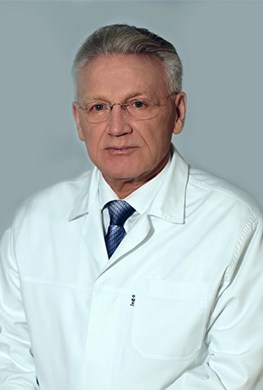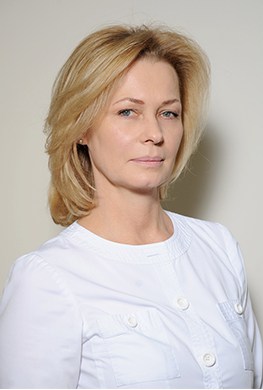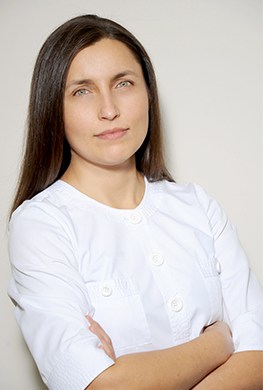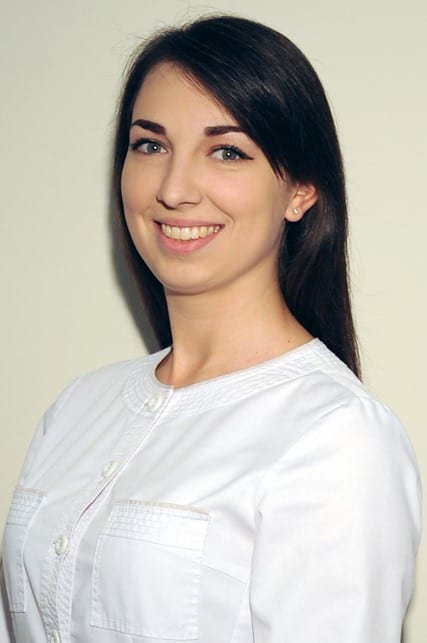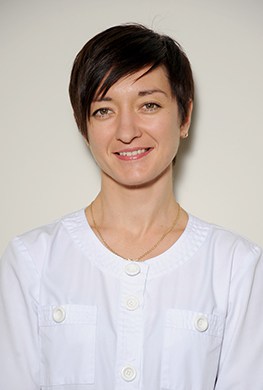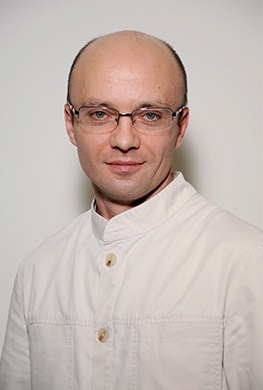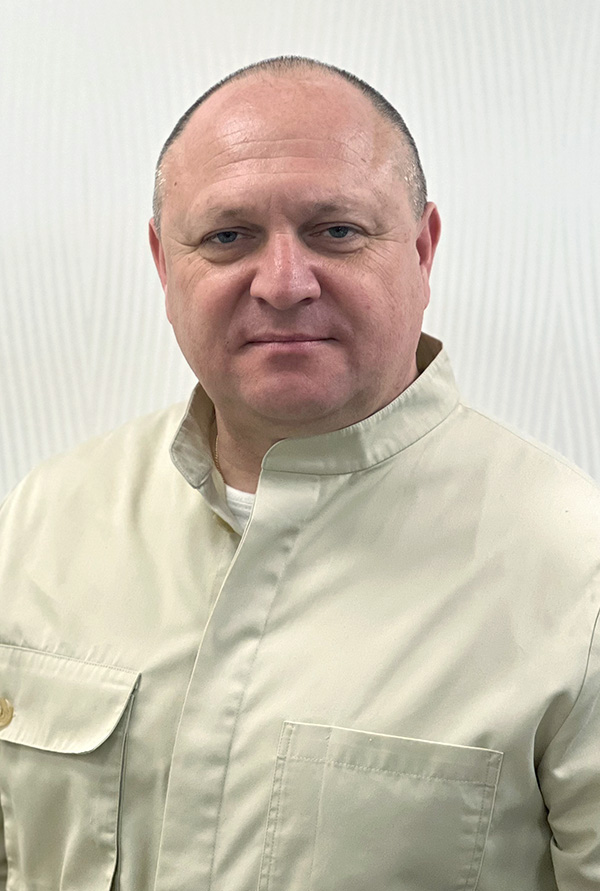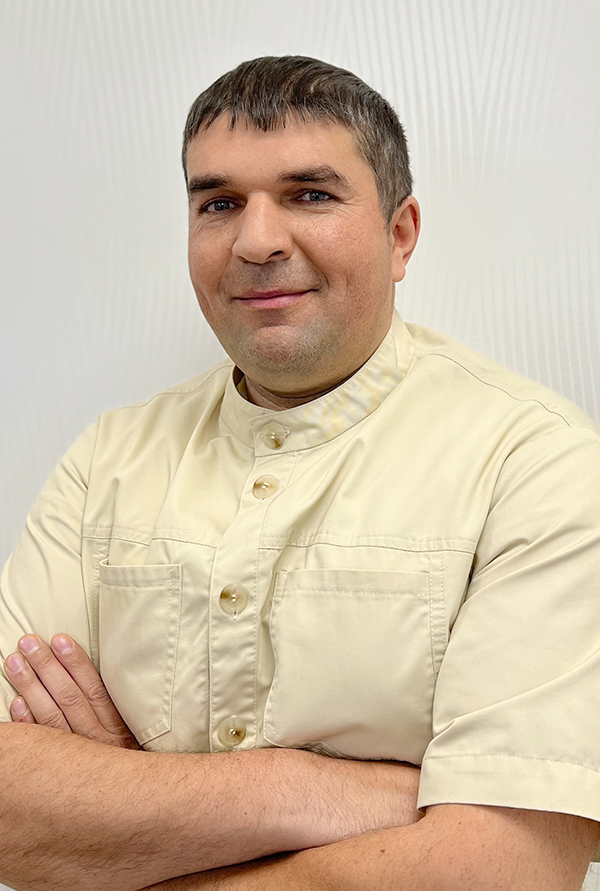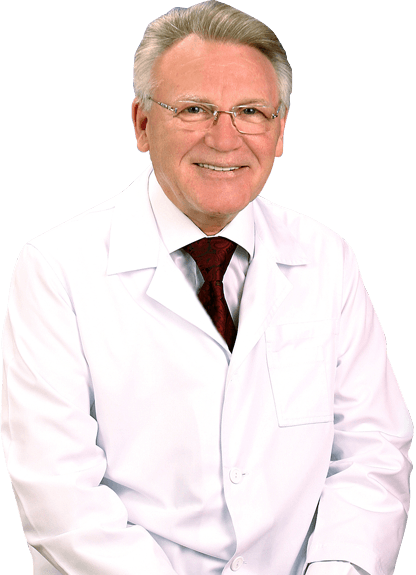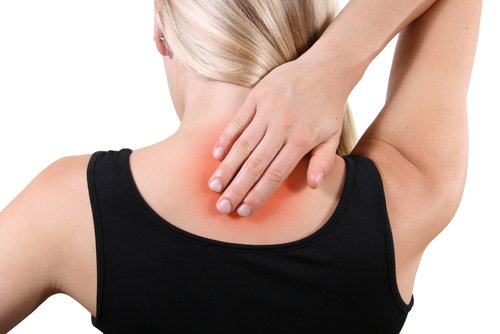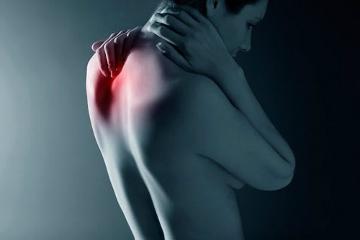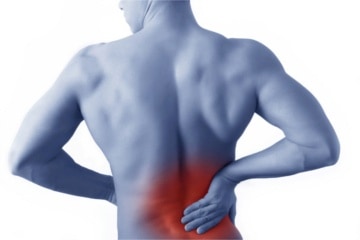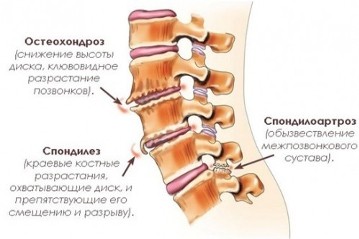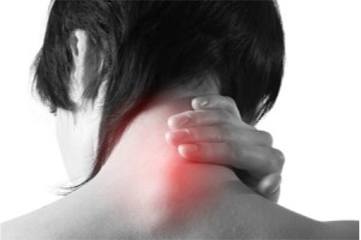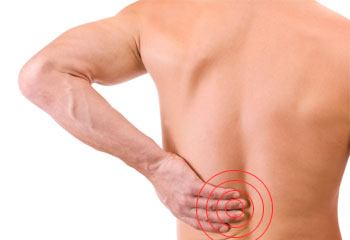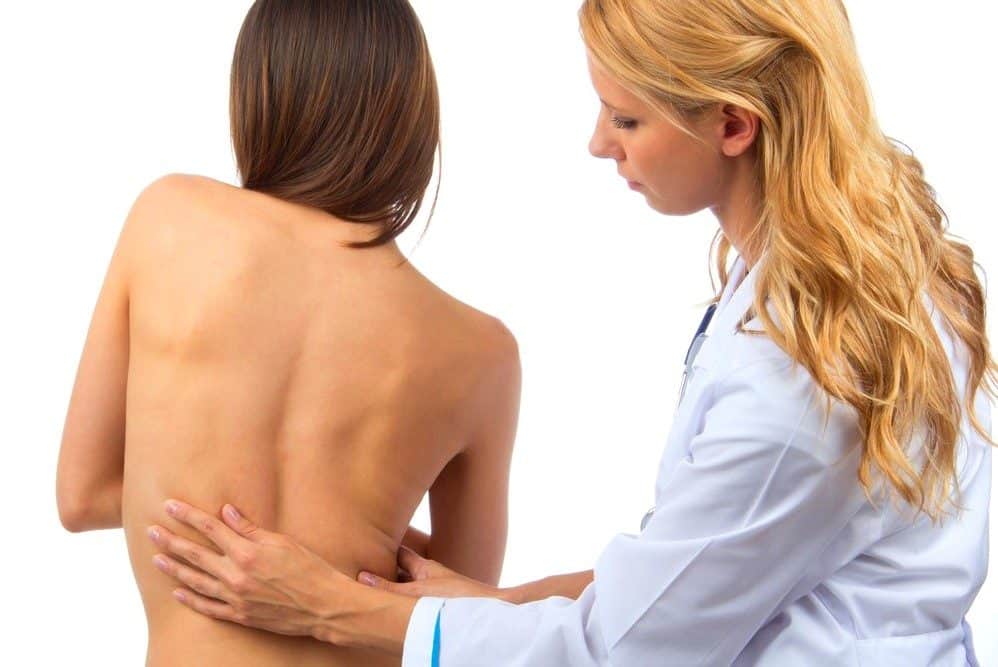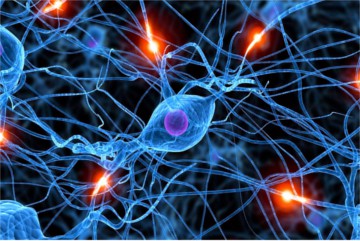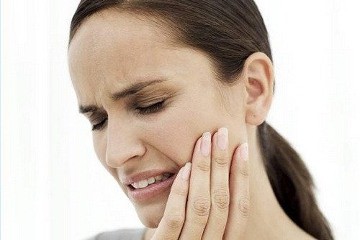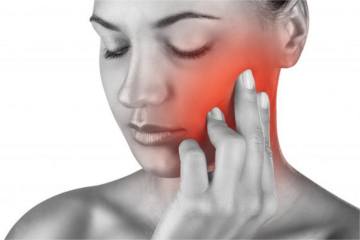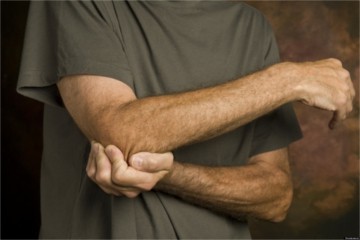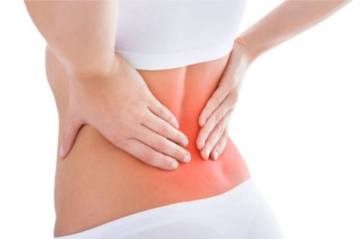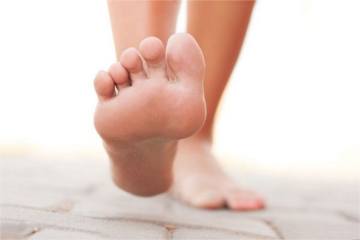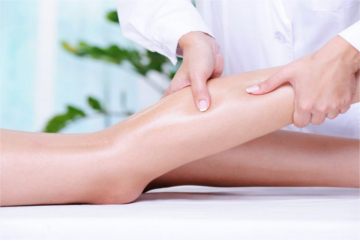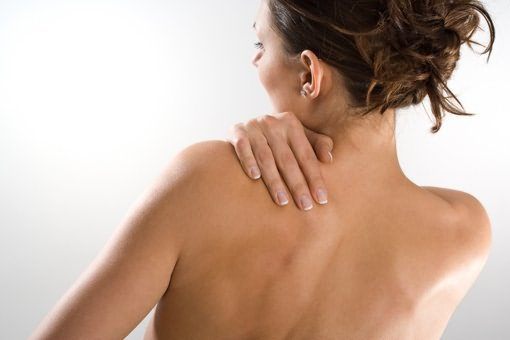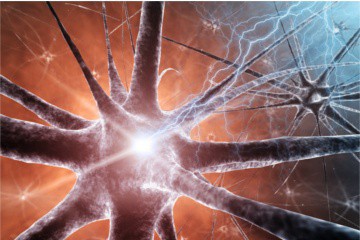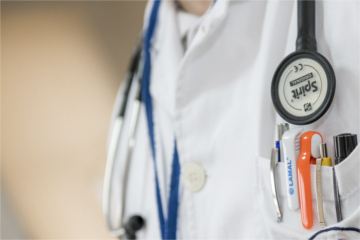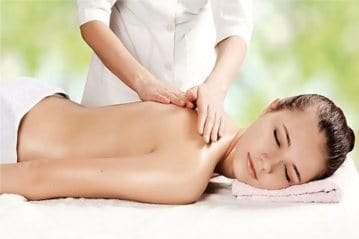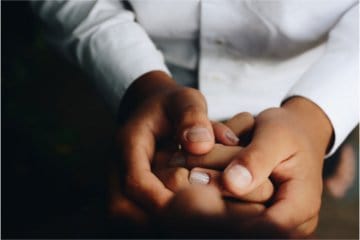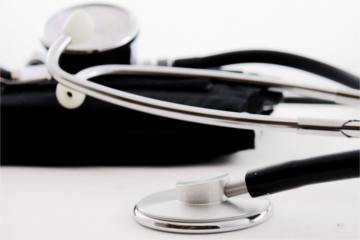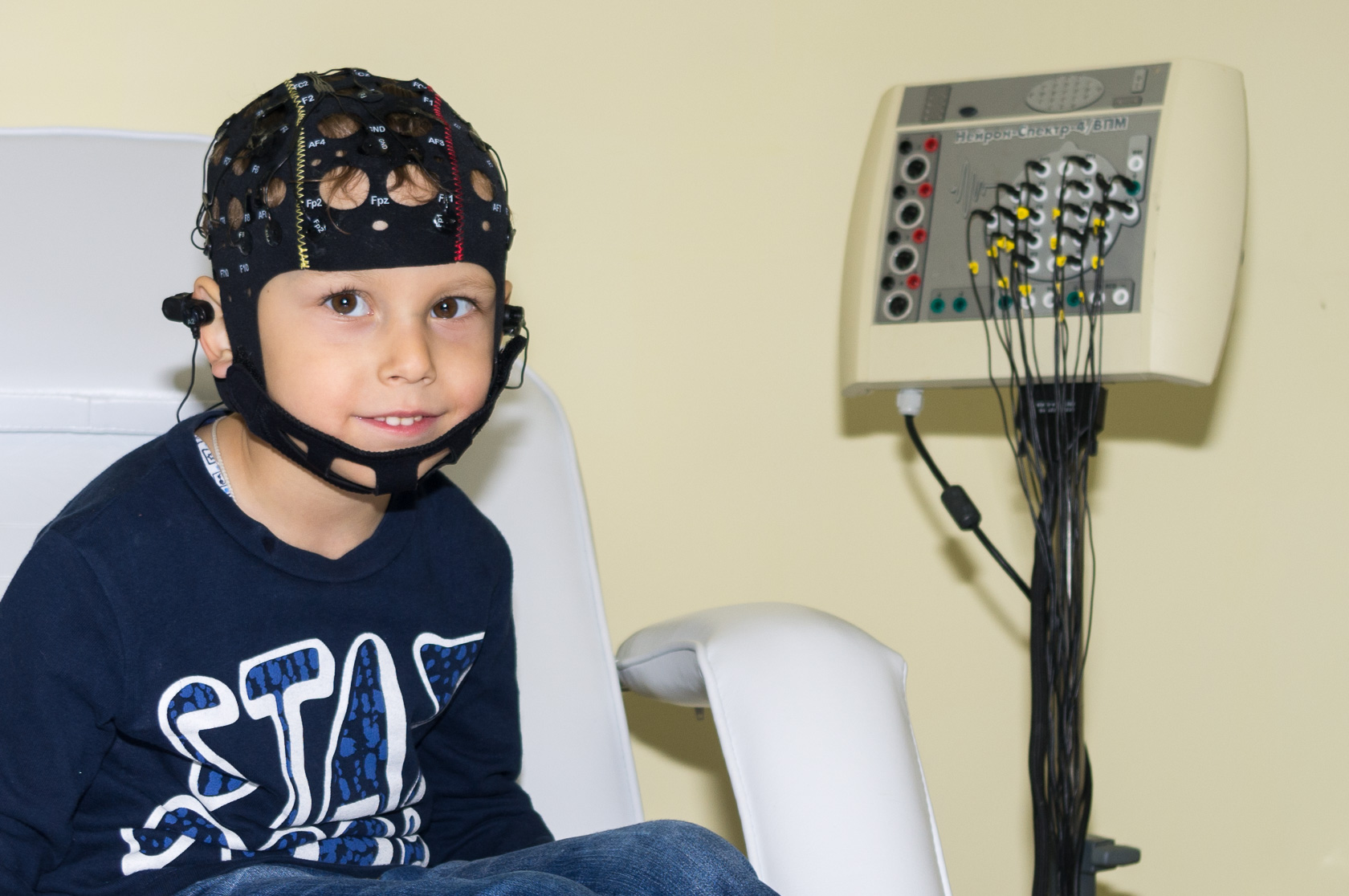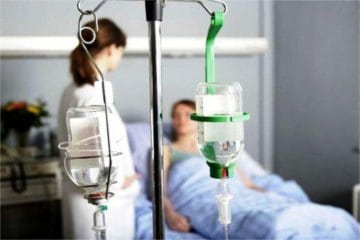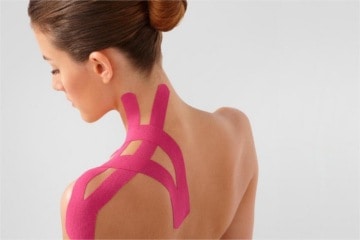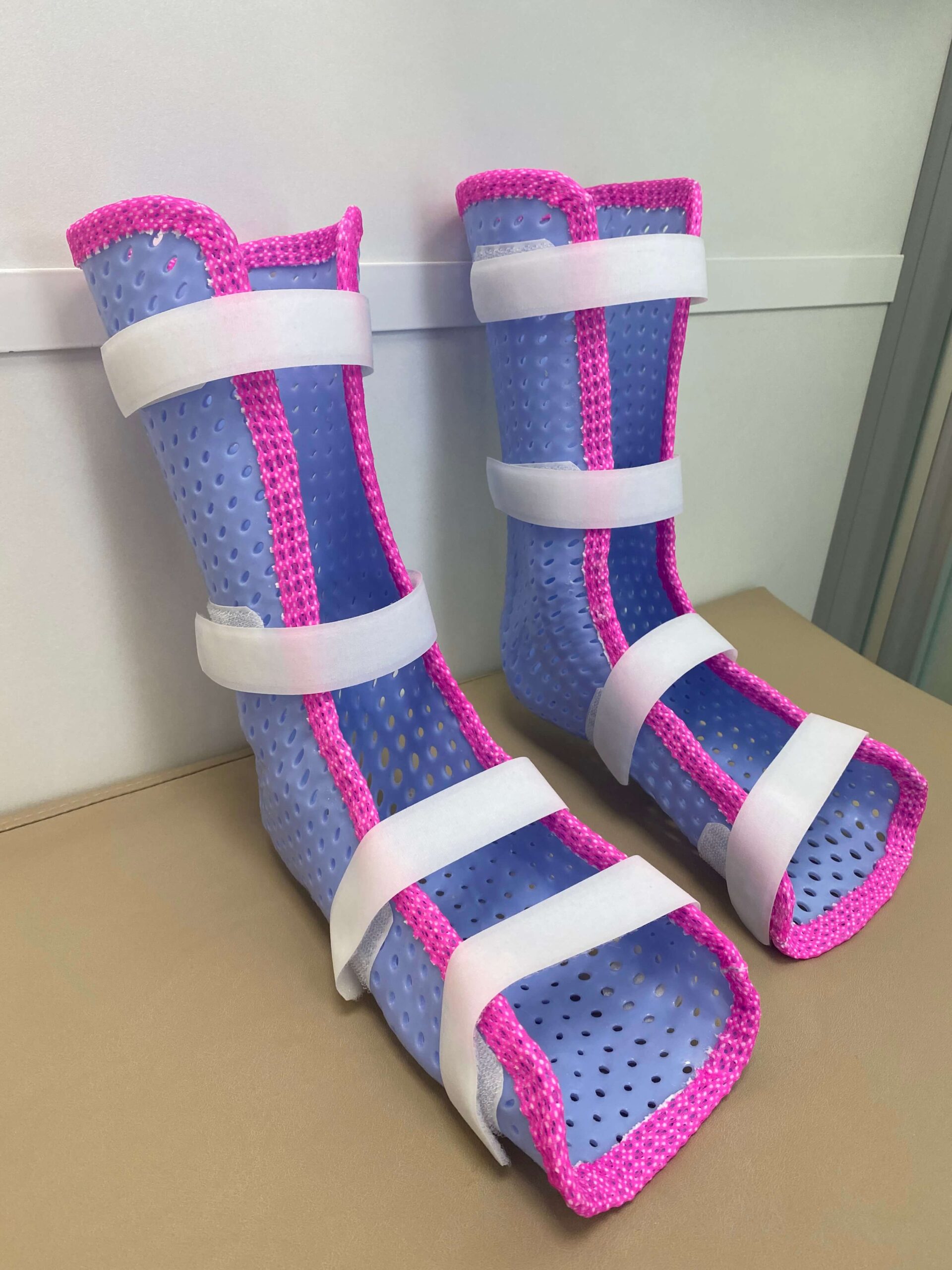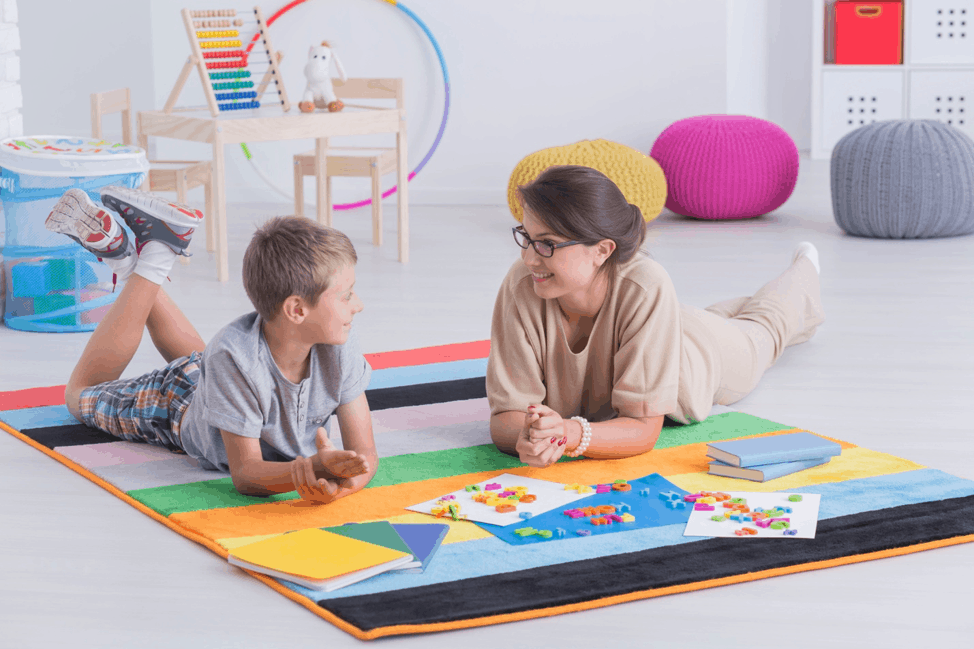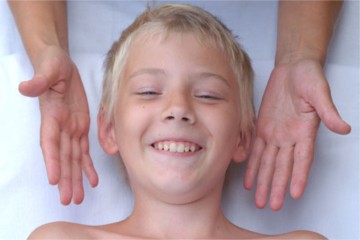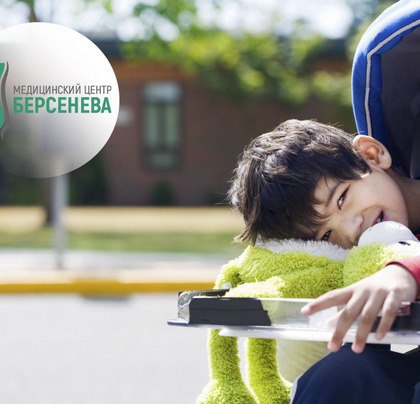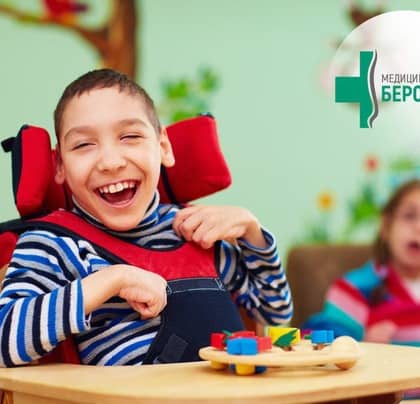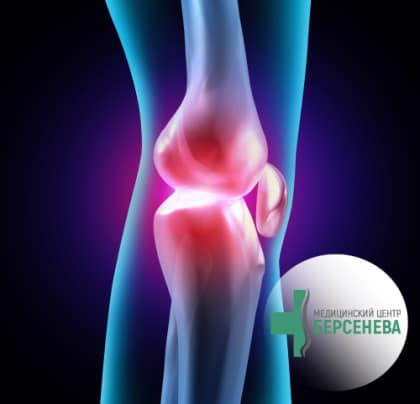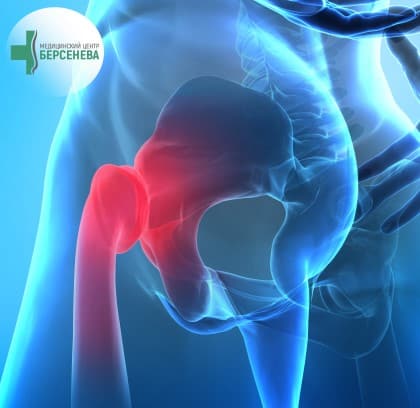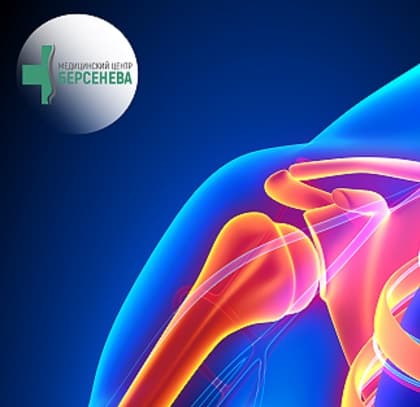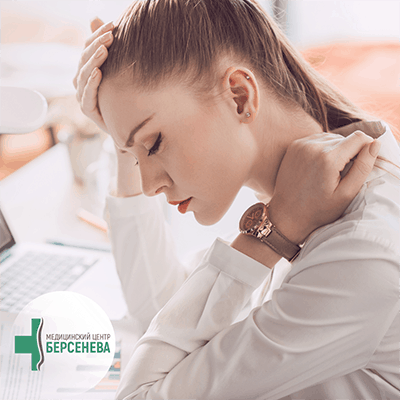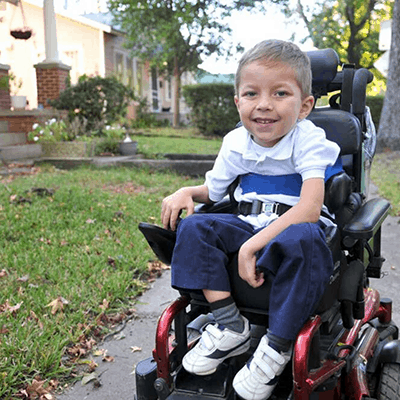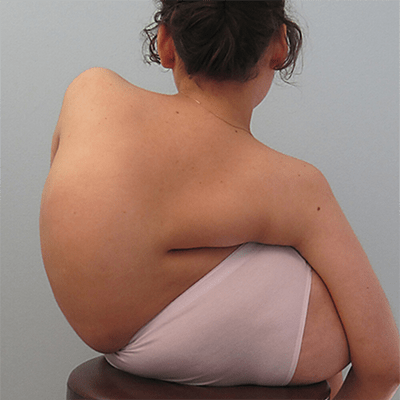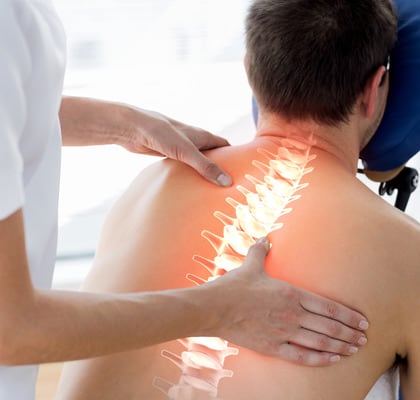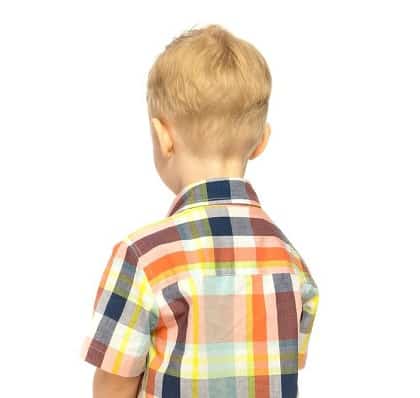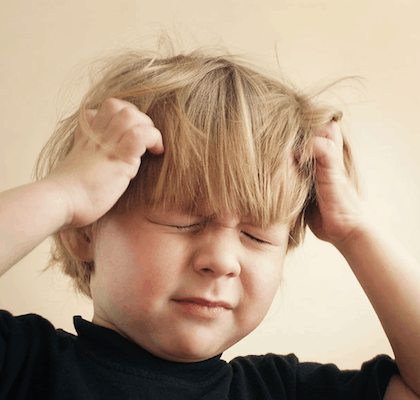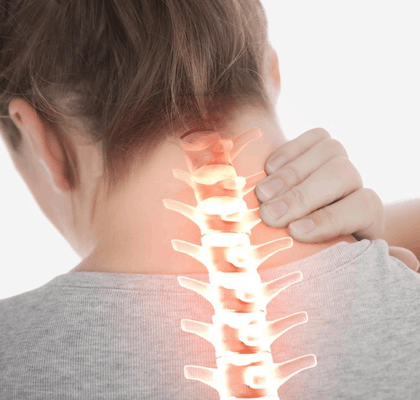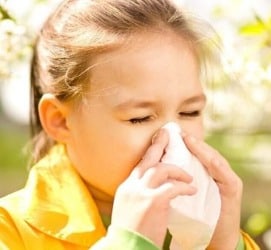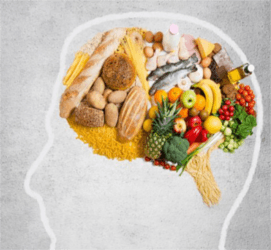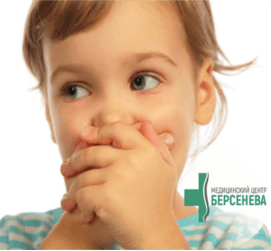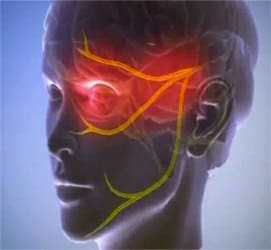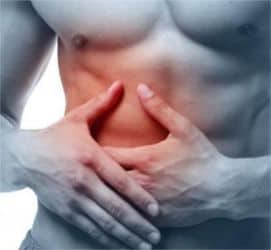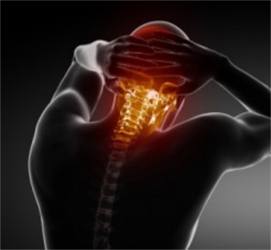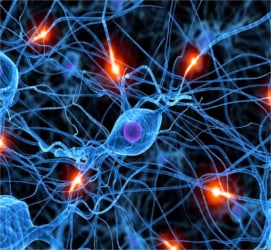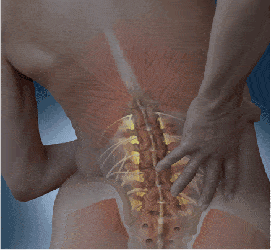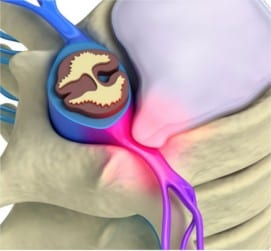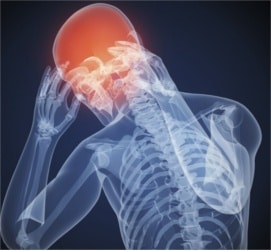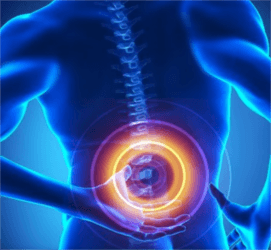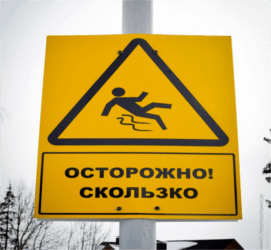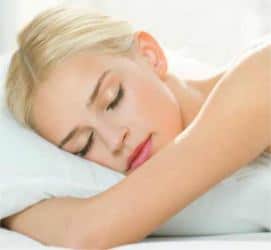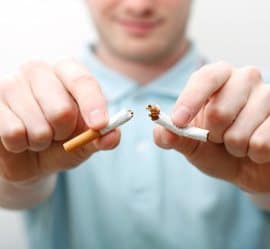Joint arthrosis can be primary or secondary. A primary arthrosis is observed in 40 - 50% of all cases. It develops in apparently healthy joint, and its cause lies in a great physical activity, which exceeds the strength of the articular cartilage. In other cases, there observed a secondary arthrosis, caused by the consequences of injuries or inflammatory joint diseases.
At the heart of pathological mechanism of joint arthrosis is a metabolic disorder of cartilaginous tissue, which leads to a loss of its elasticity and smoothness. Over time, the hyaline cartilage becomes thinner and begins to crack. Then the process is transferred to the bone tissue, causing the growth of osteophytes and the violation of the bone shape.
In the majority of cases, the osteoarthritis affects the joints of the lower extremities, which have daily to carry the weight of a human body (coxal-, knee-, ankle joints). According to the tradition in medicine, some types of osteoarthritis have their own names. For example, knee joint osteoarthritis is called gonarthrosis; and osteoarthritis of the coxal joint is called coxarthrosis. Among the upper limb joints, the arthrosis usually affects the small hand joints and phalangeal bones, as well as the shoulder joint with the development of scapulohumeral periarthrosis.
Gonarthrosis is a knee joint arthrosis.This disease is the most common type of arthrosis.
At the initial stages, the changes occur at the molecular level of cartilaginous tissue, followed by hyaline cartilage changes: in some places it becomes nebulous, grows thinner, laminates, and cracks in different directions. This process ends up with the complete cartilage disappearance, unsheathing the underlying bone. The bone, in its' turn, reacts to the cartilage destruction by induration, i.e. excessive bone overgrowth in a distal direction; stylosteophytes are formed, the leg loses its shape and deformed. For these reasons the disease is called "deforming arthrosis".
The common symptoms of gonarthrosis are feeling of stiffness in the joint, "contracture" under the knee, knee pain after a long walk. Many patients with gonarthrosis (knee arthrosis) complain of the difficulties in walking - mainly in the morning, after a sleep or after a long sitting. A person needs to walk some time in order to relieve pain. With gonarthrosis development, pain in the knee, especially on its inner side, becomes more persistent and permanent. Quite often, patients with gonarthrosis feel a crunch while moving the knee joint. Further, the flexion limitations and leg extension are developed. The lameness appears with a disease progresses. In more neglected cases, a person cannot move unassisted or without crutches. Often in the supine position the pain subsides; however, it happens that at night a person suffers from pain as well.
During the examination of a knee joint at the early disease case, the external changes are usually not detected. With the course of disease, the deformity of knee joint is quite noticeable; the contours of the joint bones are coarse; the contracture (incomplete flexion or extension) and the lower leg arcuation appear. Putting a palm on the front knee surface and making flexion or extensor movements, you can feel the crunch of varying intensity and duration in the knee joint. A similar sensation can be obtained by shifting the patella outward in the transverse direction (positive patella-condylar symptom).
A painful zone can be detected while palpating a patient’s joints with gonarthrosis; usually on the internal joint side, at the level of the hip condyles, shinbone, and the joint space. Quite often an exudate accumulates in the knee joint cavity, i.e. the synovitis joins in. Such a condition is determined by the smoothness of knee joint contours due to bulging, protrusion of tissues above the knee cap and from the side of it and a sense of fluctuation when the protrusion is palpated with both hands.
Gonarthrosis is divided into two types.
Primary gonarthrosis occurs on a background of a relative health. In the majority of cases, the elderly people, especially women, suffer from this disease. In the risk group are people with an excessive body weight, i.e. with obesity - they are most often affected by knee joint arthrosis.
Secondary gonarthrosis develops mainly after the knee joint injury or after the previous diseases. In case of early treatment of the above mentioned diseases the gonarthrosis can be avoided.
Osteoarthritis of the coxal joints (coxarthrosis) develops usually after forty. Women suffer from osteoarthritis more often than men do. Coxarthrosis can affect one or both hip joints. But even in case of bilateral lesion one joint becomes ill first, and only then - the second one.
The main symptom of coxarthrosis is inquinodynia. The groin pain most often spreads down to the leg - along the front and side of the hip. Sometimes such painful sensations also spread to the buttock. Usually groin pain along the anterior and lateral hip surface reaches the middle level or to the knee. This pain never comes lower the knee. Very rarely pain reaches the middle of the lower leg, but it does not drop to the toes - this is the difference between coxarthrosis pain and pain caused by lower back damage (for example, herniated intervertebral disk).
Pain occurs mainly when a person is walking or trying to get up from a chair or bed. Quite often the first few steps after getting up are very painful. Then, when a person walks for some time, the pain comes down. But after a long walk, the pain sensations intensify again. At rest, sitting and lying, pain usually disappears.
At the early stages of coxarthrosis groin and hip pain is weak, more often there is a slight limping and weak aching pain while walking. Therefore, a diseased person does not visit the doctor, hoping that the problem will somehow be solved by itself. However, the disease progresses, and painful sensations increase. In most cases, this happens gradually, but sometimes, after an unsuccessful movement or load, rather sharp exacerbations can occur, which last from several days to several months.
Gradually, the restriction of mobility of the affected leg is joining to the pain. It is difficult for a sick person to take the leg to the side or to pull the leg to the chest; hard to put socks or shoes on. A sick person is unlikely to be able to sit “astraddle”, with his legs wide apart, or do it with great difficulty.
With coxarthrosis progression, a number of patients may have an increasingly distinct crunch in the affected joint while moving and walking. Usually it is associated with a friction of articular surfaces, which are not perfectly fitted to each other in shape. Of course, healthy joints can also slightly "click", and very loudly in some people. But arthrosis crunch has a quite different tonality; it's rough and "dry." And if the joint crunch is relatively weak at the first stage, then as the coxarthrosis progresses, the crunch becomes more audible and distinct.
In neglected cases of arthrosis, the sick leg is shortened. Shortening of the leg is especially noticeable when the patient lies on his back. It is apparent that the sick leg is shorter than the healthy one and turned outwards. In addition, the legs shortening can be revealed by placing the patient on his stomach and bringing his heels together.
Due to the leg shortening, a person suffering from coxarthrosis limping visibly when walking: he seems to be falling on a bad leg. It is clear that due to lameness, the lumbar spine undergoes increased stress when walking. Therefore, over time, chronic "fatigue pain" in the lower back is added to the pain in the groin and hip.
Upper legs muscular dystrophy appears approximately at the same disease stages: the muscles of the sick leg above the knee seem to shrink and decrease in volume. The aching leg looks clearly thinner than healthy. The femoral muscles atrophy causes the knee pain in the places of tendons attachment. The most interesting thing is that similar pain in the knee area can be more pronounced than inguinal and femoral pain. As a result, patients are often given an erroneous diagnosis - knee joint arthrosis - and undergo the wrong treatment.
Shoulder joint arthrosis (scapulohumeral periarthrosis, adhesive capsulitis)
Scapulohumeral periarthrosis, or arthrosis, or shoulder joint osteoarthritis, or adhesive capsulitis, or "frozen shoulder" syndrome is a condition of painful muscles stiffness of the shoulder girdle around the shoulder joint. The cause of shoulder joint arthrosis has not been established yet. At the same time, there exist several theories of this disease. The most common theories of shoulder joint arthrosis formation (scapulohumeral periarthrosis) are:
- • permanent and similar loads on shoulder muscles and ligaments (continuous work with one hand, playing the guitar, etc.);
- • shoulder joint injury (falling on the arm, sports overload and weight lifting);
- • the presence of protrusions or herniated intervertebral discs at the cervical spine level;
- • hereditary factor, etc.
In case of scapulohumeral periarthrosis, the patient has two principal distinctive features: a shoulder pain (shoulder joint) while moving and resting, the contracture — muscular shoulder joint limitation when the arm is moved to the side and raised up, and the impossibility of placing the patient arm behind his back.
The shoulder girdle periarthrosis often develops gradually, imperceptibly for the patient. Women suddenly discover that they cannot fasten and unbutton a bra behind their backs, since this arm movement (retraction) back and behind causes an acute shoulder pain (shoulder joint). This shoulder pain severely limits movement in the arm. In severe cases of humeroscapular periarthrosis with severe pain in the shoulder down the arm, the patient is not able to bring the spoon to the mouth with this hand, for so much this pain in the shoulder may disturb him. A patient with shoulder joint arthrosis suffers from sleep disorders, because he/she are not able to find a comfortable position for a sick arm.
The joints arthrosis is a long, slowly progressing disease, the final outcome of which is the formation of ankylosis and loss of affected joints mobility. In the early stages the disease is almost asymptomatic and can only be detected on an X-ray. The sooner the diagnosis is established and the treatment is started, the better the prognosis. With timely and complex treatment, it is possible to halt the further disease progression.
Specialists of “Bersenev’s Medical Centre” use the metameric diagnosis and treatment method of the joints diseases. This is a fundamentally new and unique approach developed by Dr. Bersenev Volodymyr Andriiovych. The author's method is a complex effect on both the affected joints and neurometamers, ensuring their proper functioning. For each patient, taking into account the individual characteristics, a treatment program is developed for each patient for 1.5-2 years. During the intervals between courses of metameric injections, patients should follow all the recommendations of the attending physician at home. Only in this case it is possible to achieve a long-lasting remission, stop the dystrophic processes in the joints, and to restore their disordered functions.
To make an appointment for a consultation or a treatment session, please, call (044) 238-22-31 (call centre).

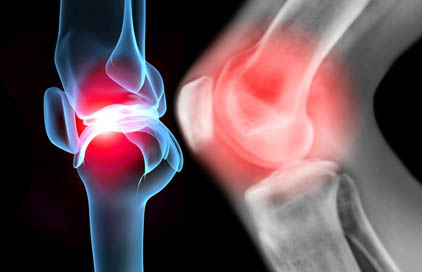 Joints arthrosis is a widespread disease. It is more correct to call it osteoarthritis, because this disease affects not only the cartilaginous tissue of the joint, but also the bone. The main difference between arthrosis and arthritis is that disease is based not on the inflammation of the joint, but on the degenerative processes occurring in it. Arthrosis is manifested by the joint pain, aggravated by movement, and the development of stiffness in the damaged joint. In neglected cases, arthrosis leads to a complete mobility loss and patient’s disability.
Joints arthrosis is a widespread disease. It is more correct to call it osteoarthritis, because this disease affects not only the cartilaginous tissue of the joint, but also the bone. The main difference between arthrosis and arthritis is that disease is based not on the inflammation of the joint, but on the degenerative processes occurring in it. Arthrosis is manifested by the joint pain, aggravated by movement, and the development of stiffness in the damaged joint. In neglected cases, arthrosis leads to a complete mobility loss and patient’s disability.